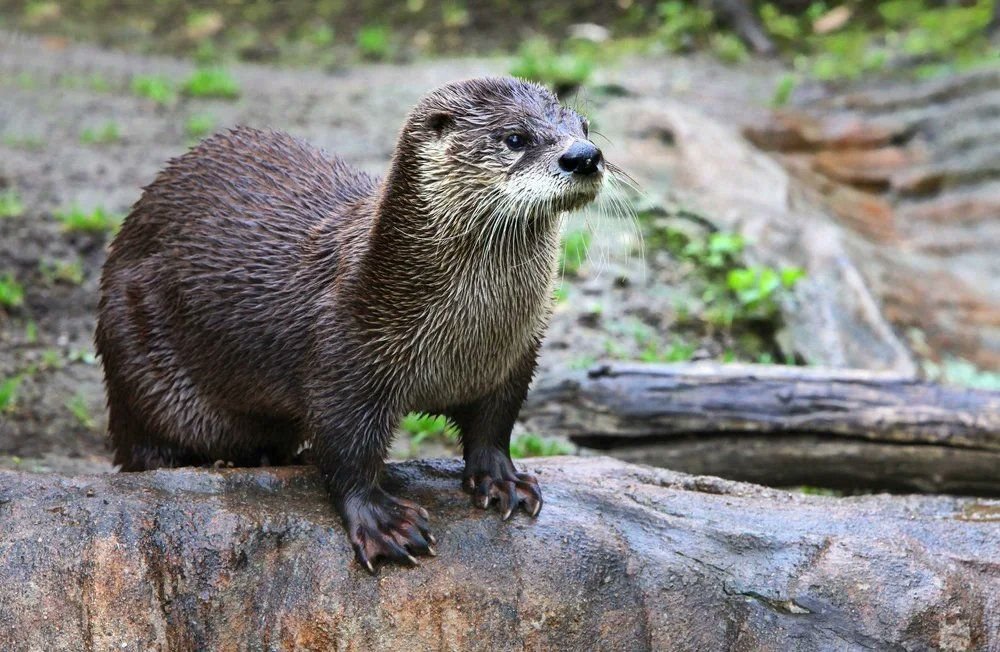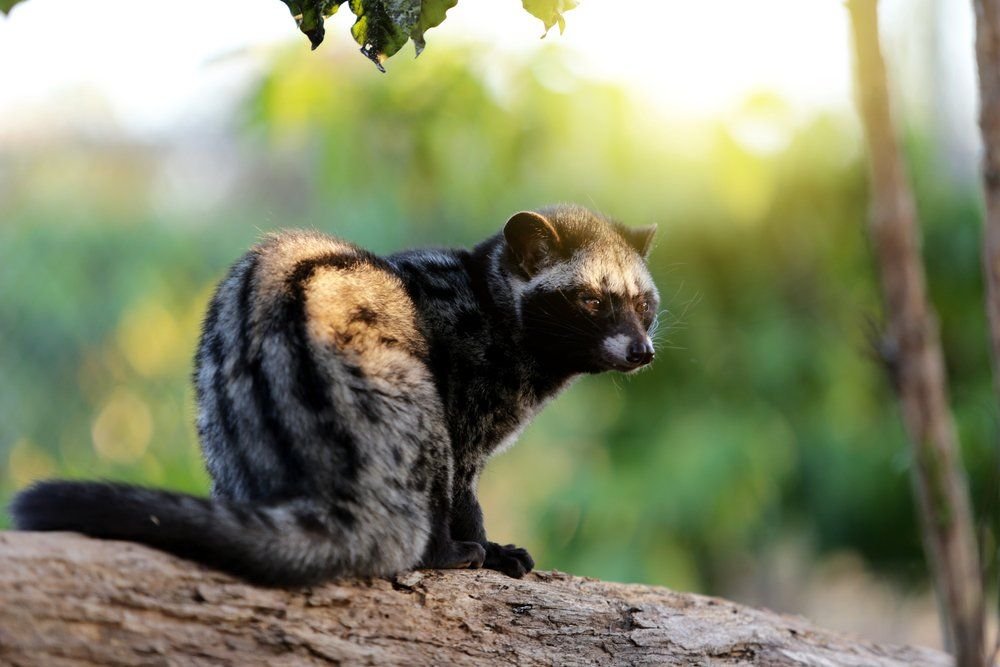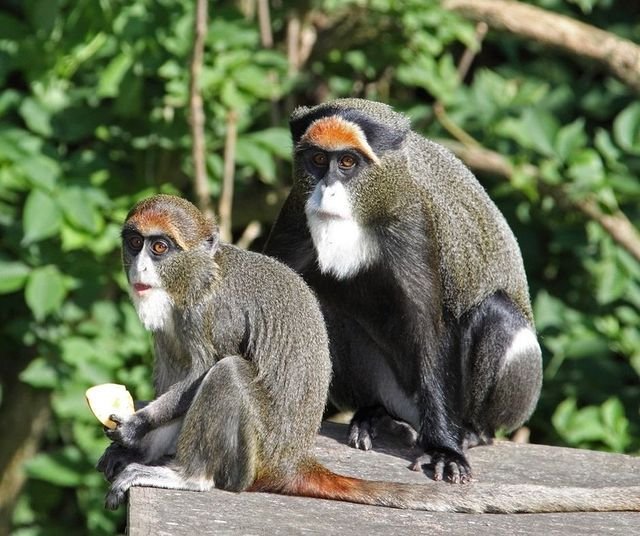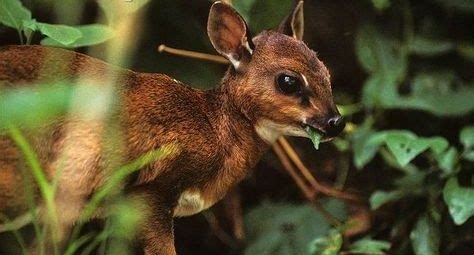Cheetah
On the savanna plain, the cheetah is a fascinating wild cat to observe. The northeastern Karamoja region's Kidepo Valley National Park is the only place in Uganda where you can see this wild cat in action.
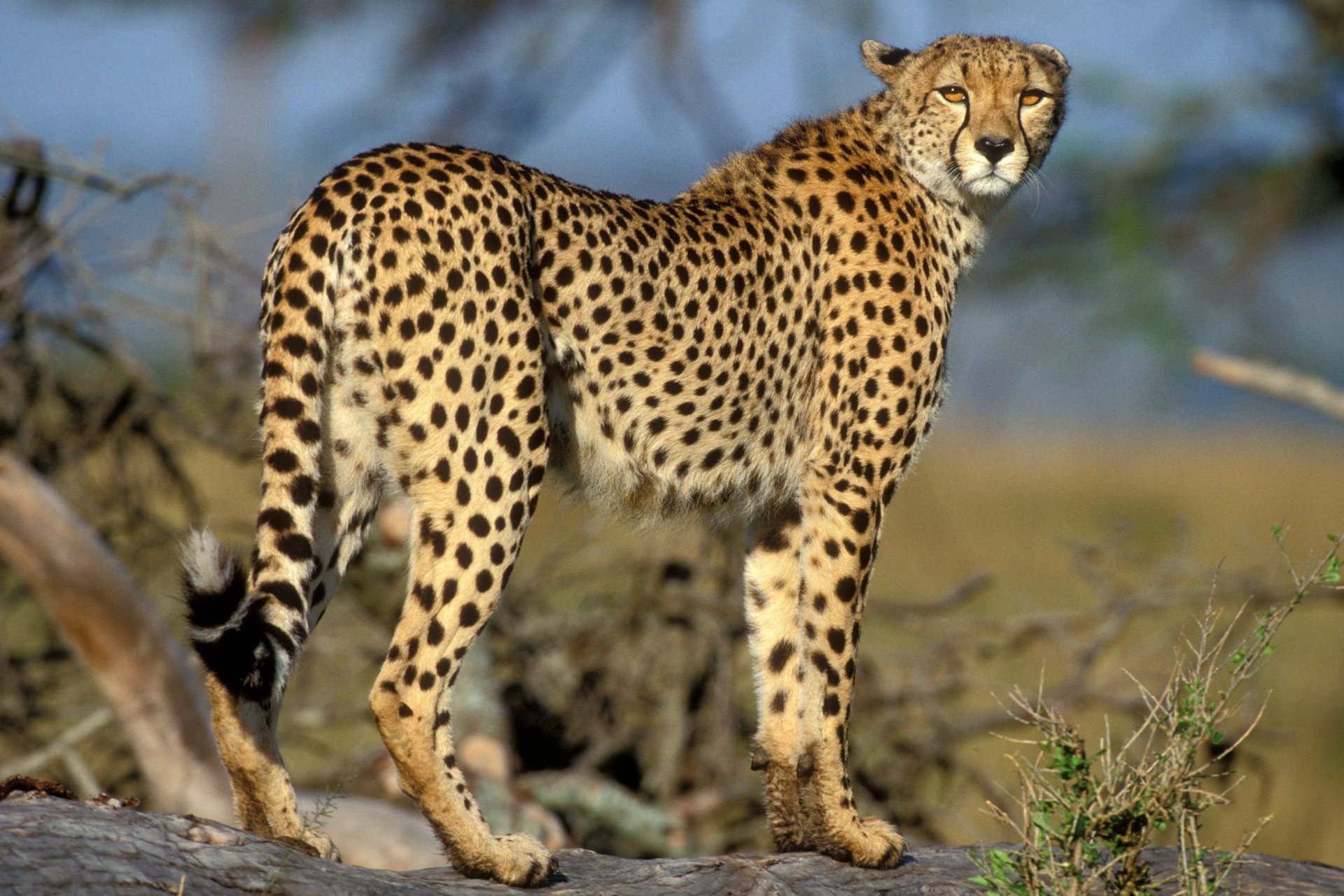
The large cat known as the cheetah (Acinonyx jubatus) is indigenous to central Iran and Africa. It has several adaptations for speed, including a light build, long, thin legs, and a long tail. It is the fastest land animal, estimated to be capable of running at 80 to 128 km/h (50 to 80 mph), with the fastest reliably recorded speeds being 93 and 98 km/h (58 and 61 mph).
The cheetah is a light-coloured, spotted cat with a deep chest, long, thin legs, and a long tail. It also has a small, rounded head, a short snout, black facial streaks that resemble tears, and a deep chest. Its sleek, canine-like form is well adapted for speed and stands in stark contrast to the Panthera genus's stocky build.
The typical colour of the coat is tawny to creamy white or light buff (darker in the mid-back portion). The belly, underparts of the legs, and throat are all white and unmarked. Around 2,000 evenly spaced oval or round solid black spots cover the remainder of the body.
"Every cheetah has a unique pattern of spots that can be used to recognize individual animals."
The leopard and cheetah appear to be very similar, but the leopard has rosettes in place of spots and doesn't have tear streaks.
cheetah behaviour
When compared to other carnivores like leopards and lions, cheetahs are most active during the day.
In comparison to other cats, cheetahs tend to be more gregarious and have a flexible and complex social structure (except the lion). On rare occasions, males may fight over territories or access to females who are in oestrus, and on rare occasions, such fights can result in serious injury or death. Individuals typically avoid one another but are generally friendly. Except for interacting with males when they enter their territories or during the mating season, females are not social creatures and rarely interact with other people.
Females typically live alone or in undefended home ranges with their young; young females frequently remain close to their mothers for life, whereas young males typically leave their mother's range and live somewhere else. In contrast to the behaviour of the male lion, who mates with a specific group (pride) of females, some males are territorial and form lifelong coalitions to collectively defend a territory to ensure maximum access to females.
Males in a coalition are affectionate with one another, grooming each other and calling out if any member is missing. However, unrelated males may initially experience some aversion. When the coalition hunts together, every male usually has equal access to kills and, possibly, to any females who may wander into their territory.
Unlike many other felids, cheetah females frequently take up more space than males do. Females typically roam over wide areas in search of prey, but if the availability of prey is high, they become less nomadic and stick to a smaller area. As a result, the amount of prey present in an area determines how large their home range is. Males tend to be less nomadic than females; they frequently create territories in coalitions (and occasionally on their own, far from coalitions).
Vocalisations
The vocal range of the cheetah includes a wide variety of calls and sounds; the acoustic characteristics and use of many of these have been thoroughly investigated. The vocal traits, including the manner in which they are produced, frequently differ from those of other cats.
Reproduction in cheetahs
Throughout the year, cheetahs can breed because they are induced ovulators. At two to three years old, females are able to have their first litter. Females who are polyestrous have oestrus ("heat") cycles that last, on average, 12 days but can range from three to a month. After 17 to 20 months after giving birth, or even sooner if the entire litter is lost, a female can become pregnant again.
A litter of one to eight cubs is born after nearly three months of gestation (though those of three to four cubs are more common). Births happen in protected areas like dense vegetation at intervals of 20–25 minutes. At birth, the eyes are closed; they open in four to eleven days. Newborn cubs may spit frequently and make soft churring noises; by two weeks old, they begin to walk.
Cheetah Diet
The cheetah is a carnivore that mostly hunts prey that weighs less than 40 kg and weighs 20 to 60 kg (44 to 132 lb) (88 lb). Large to medium-sized ungulates make up its main diet. Cheetahs hunt largely throughout the day, occasionally peaking around dawn and dusk; they often stay away from larger predators like the lion, which hunts primarily at night.
Where to see cheetahs in Uganda
Cheetahs are virtually solely found in Kidepo Valley National Park in the Karamoja area of Uganda. Here, an estimated 53–310 cheetahs thrive amid a profusion of small-sized ungulates, which are the wild cat's favoured prey.
The majority of safaris in Uganda that travel north stop in Kidepo Valley to see the cheetah and take in the Mara's wildlife. You can drive there in 10 hours from Kampala on a newly paved route via the Murchison Falls National Park junction. You can also take domestic scheduled aircraft there.
What's Your Reaction?
 Like
0
Like
0
 Dislike
0
Dislike
0
 Love
0
Love
0
 Funny
0
Funny
0
 Angry
0
Angry
0
 Sad
0
Sad
0
 Wow
0
Wow
0





























































